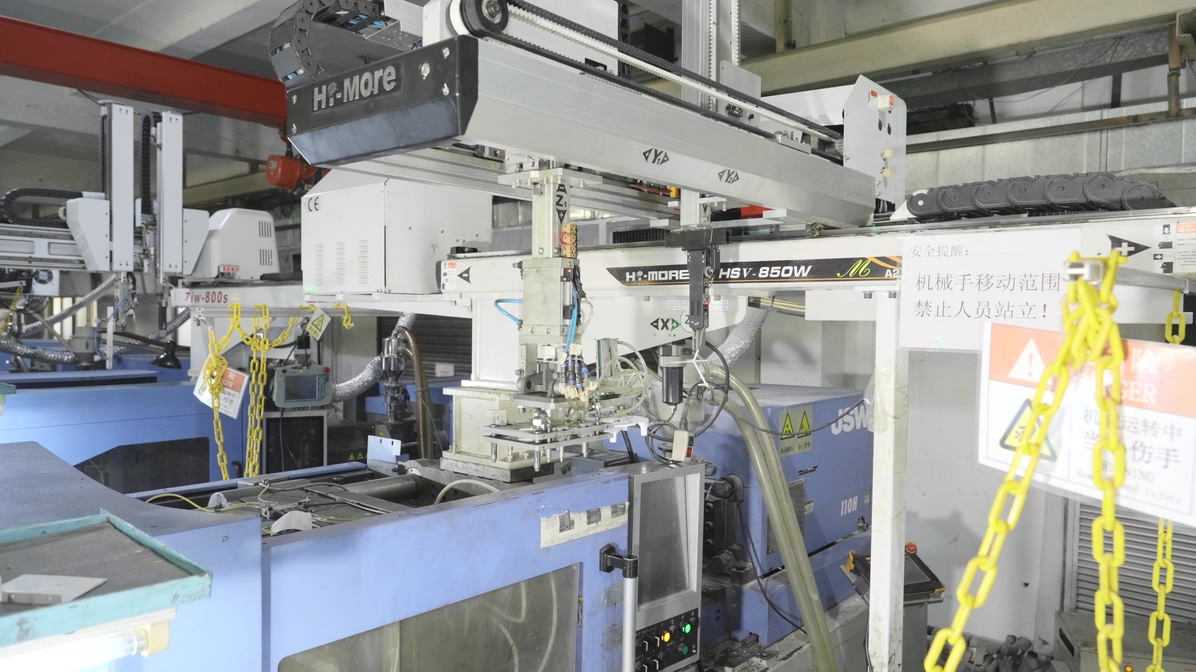Injection molding is a highly efficient manufacturing process used to produce plastic parts in large volumes. One of the key decisions in mold design is choosing between straight ejection and insert-assembled molds. Each method has its advantages, limitations, and ideal use cases.
This article explains the differences between these two mold types, their pros and cons, and when to use each for optimal production.
1. What Is Straight Ejection?
Straight ejection (also called simple ejection) is the most basic mold design, where the finished part is ejected directly from the mold cavity without additional inserts or complex mechanisms.
How It Works:
- Injection: Molten plastic fills the cavity.
- Cooling: The part solidifies.
- Ejection: Ejector pins push the part straight out.
Advantages:
✔ Lower cost – Simpler design reduces manufacturing expenses.
✔ Faster cycle times – No extra steps for insert placement.
✔ Easier maintenance – Fewer moving parts mean less wear and tear.
Disadvantages:
✖ Limited complexity – Not ideal for parts with undercuts or intricate geometries.
✖ Potential damage – Ejector pins may leave marks or deform delicate parts.
Best For:
- Simple, flat, or slightly contoured parts (e.g., bottle caps, flat panels).
- High-volume production where speed and cost efficiency matter.
2. What Are Insert-Assembled Molds?
Insert-assembled molds use removable inserts (metal or plastic components) placed inside the mold before injection. These inserts become part of the final product or help create complex features.
How It Works:
- Insert Placement: Inserts are manually or robotically placed into the mold.
- Injection: Plastic flows around the inserts, bonding or encapsulating them.
- Ejection: The finished part (with inserts) is ejected.
Advantages:
✔ Complex geometries – Allows undercuts, threads, and multi-material parts.
✔ Enhanced functionality – Inserts can add metal reinforcements, electrical contacts, or branding.
✔ Better surface finish – Reduces ejector pin marks.
Disadvantages:
✖ Higher cost – Additional machining and assembly steps increase expenses.
✖ Slower production – Insert placement adds time to the cycle.
✖ More maintenance – Inserts wear out and require replacement.
Best For:
- Parts with metal threads (e.g., screws, connectors).
- Overmolded components (e.g., rubber grips on tools).
- Electronics (e.g., plastic-encased circuit boards).
Straight ejection is ideal for high-speed, low-cost production of simple parts, while insert-assembled molds enable complex, high-precision components with added functionality.
Need help deciding? Consult with a mold designer to determine the best approach for your project!
Would you like a deeper dive into specific mold materials or case studies? Let us know in the comments!



